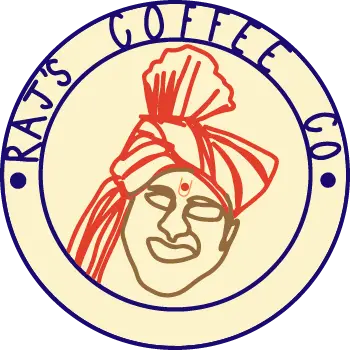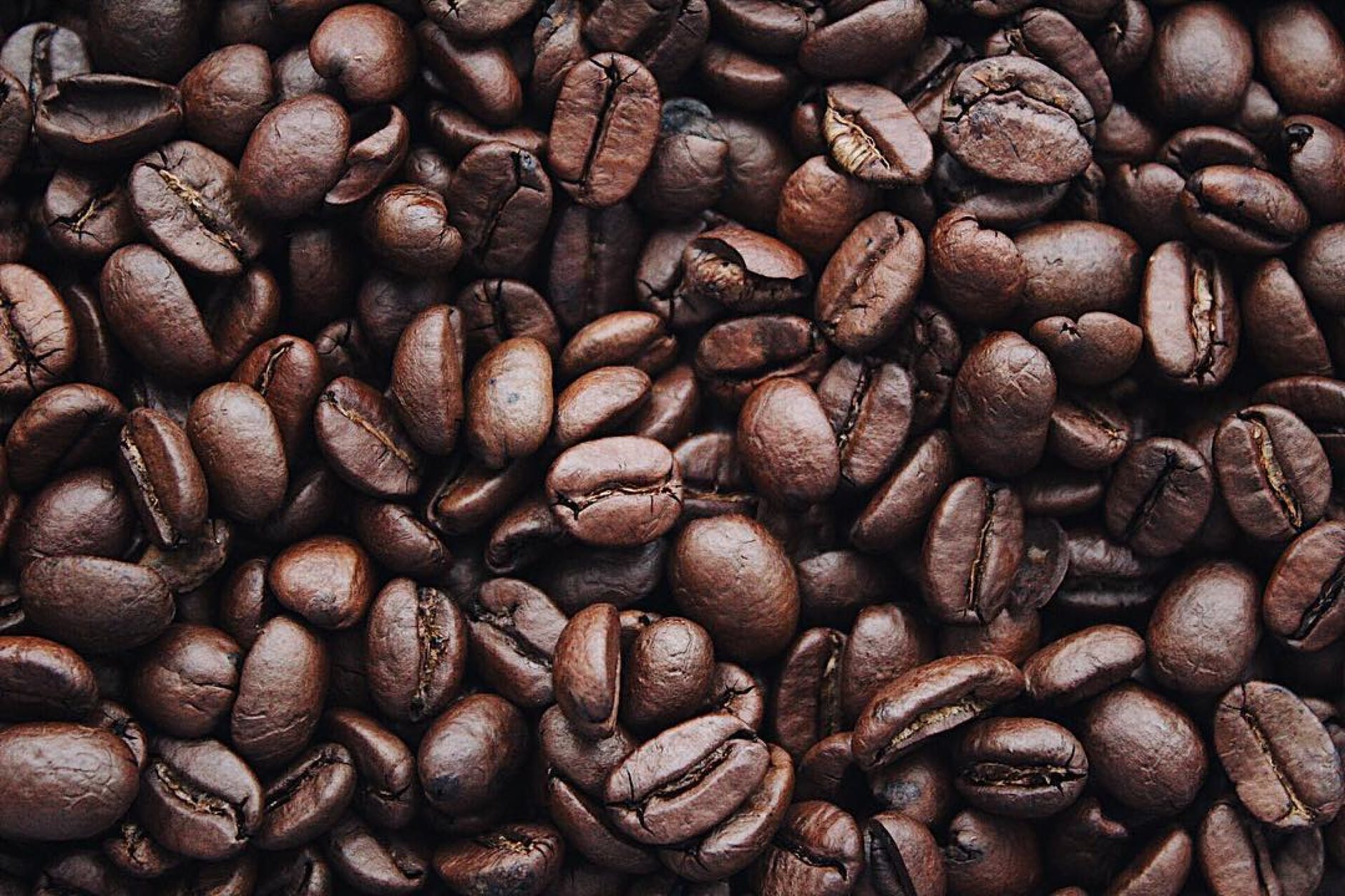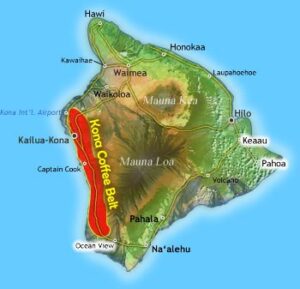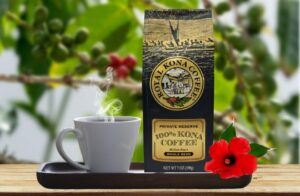Kona coffee is one the most prized and, simultaneously, controversial coffees in the world. Rarely does a region-specific coffee generate such a wide variety of reactions. In the coffee world, you will meet folks who say that Kona is a gem of a coffee very much worth seeking out. You will also meet folks who will tell you that Kona is one of the world’s most overrated coffees.
Our goal here is not to tell you which camp is correct. We simply want to cut through the hype (and anti-hype) around Kona to help you, the coffee-curious, decide if it’s the sort of coffee you’d like to try.
The Origins
Just why is Kona considered so prized? Well, that has to do with the biology of coffee production. The quality of a cup of coffee has four main influences: the quality of the beans, the roast profile, the water chemistry, and the brewing method. But of these four, the quality of the beans matters most. And the beans’ quality – their flavor and character – is shaped in large part by the terroir of its harvest. The quality of soil, rainfall, elevation – these are the sorts of things that make up the terroir of a coffee yield. This is all to say that the place a coffee is grown in will have a huge impact on how it tastes.
Kona is the best known of Hawaii’s coffee-making regions. It’s located on the western coast of Hawaii’s Big Island, and this Kona Coffee Belt only stretches about 20 miles. This region experiences a lot of weather conditions favorable to good coffee, including rich volcanic soil, mild winds, and exposure to both sunny mornings and cloudy afternoons.
(Quick note: unlike the names of varietals like Bourbon or Catuai, which indicate something about the coffee’s genetic makeup, a coffee labelled Kona is describing only the region in which it was grown, not the subspecies of the coffee plant.)
The Name
Coffee has been produced in the Kona region for almost 200 years. That level of tradition and experience has resulted in a well-cemented reputation, but it has also led to tight legislation around the Kona name. Any blend containing Kona coffee legally must list the percentage of Kona in the blend. The use of the “100% Kona” label is carefully tracked, so you can bet that a bag with this label really does contain only coffee grown in the Kona region.
That being said, a lot of bags I’ve come across in the continental U.S. that contain Kona are blends. A Kona blend legally must include at least 10% Kona, but the rest need not come from the Kona region. Roasters are not obligated by law to list the origins of any other part of the blend, which means that a Kona blend may actually contain relatively little Kona and a lot of unlabelled coffee besides.
The Cost
One question tends to dominate discussion around Kona. Why is it so expensive? For context, a lot of coffees with specific origins or growing conditions are expensive. For roasters and consumers with discerning tastes, coffees like Kona or Jamaica’s Blue Mountain or the highly sought-after Gesha varietal fetch high prices. But for most coffee drinkers, these prices may seem unreasonable. Why should a normal pound of coffee cost more than $30?
The answer is a little complex. First, there’s the matter of supply and demand. Kona coffee, and here I mean 100% Kona, must come from the Kona growing region, which is quite small. Not only is this low supply relative to the wide world of coffee, pests like the coffee berry borer have in the past threatened to decrease the supply even further. But the reputation of Kona, from both the standards of its production and its unique terroir, means high demand.
And there’s another dimension to consider. Hawaii is the only major coffee growing region in North America. By virtue of being part of the “developed” world, Hawaii has standards of pay for its laborers that other coffee growing regions do not. (Thankfully, this is slowly changing.) So when you’re paying $35 or more for 100% Kona coffee, you’re seeing the result of economic circumstances unique to this part of the coffee producing world.
The Taste
The general consensus is that Kona is relatively high on body and low on acidity. Kona tends to be a very traditional-tasting coffee with chocolate and nutty notes, but there is very little in the way of fruity flavors or complexity. In this way, Kona’s flavor profile runs counter to modern trends in specialty coffee, which tend toward the fruity and acidic. Expect a smooth, balanced cup with a fairly traditional flavor when you’re making it properly.
Is It Worth It?
So, is Kona coffee actually worth it? After all, lots of great coffee is easier and cheaper to come by. At the same time, Kona comes by its reputation honestly, and we do recommend you try it at least once if you get the chance, if only to know for yourself if it’s the kind of coffee you’re willing to spend money on. With all that said, we do have some recommendations for approaching Kona.
First, don’t bother with blends. Because Kona blends can contain as little as 10% Kona, you will likely get a bitter, boring, overly roasted flavor when tasting. The parts of these blends that aren’t Kona are usually cheap imported coffee with, if we’re being honest, not much in the way of quality control. If you’re interested in trying Kona, go straight for the pure stuff.
Second, don’t worry too much about grades. Another unusual characteristic of Kona is its grading system, which ranges from Fancy to Extra Fancy to Estate, along with some other terms. These are largely used for processing purposes, and while different grades of beans may yield small differences in flavor profile, we encourage you not to worry too much about which one you’re getting. Buying 100% Kona is the main goal.
Third, the high cost is a reflection of economics. This is true for all expensive coffees out there. We sometimes hear folks say that Kona is overpriced for its flavor, which, as we’ve covered, is solid but not unusual. Understand when you buy it that Kona comes from a unique region with unique economics for the coffee growing world, and these factors impact the cost. When it comes to buying expensive coffee, it’s helpful to know that everyone down the chain, from farmer to roaster, is getting compensated fairly.
Conclusion
Here’s the truth: we have no idea if you will love Kona, or hate it, or just feel ambivalent about it. It’s not for us to decide your taste preferences. But, we do believe that a coffee as unique as Kona is worth trying at least once. Whether the cost will be worth it is up to you. If you ever come across the opportunity to sample it, go for it! And if you’re the kind of consumer who doesn’t mind spending a little extra on something unique, go for it. Even if Kona doesn’t become your favorite coffee in the world, or even if you outright hate it, it never hurts to try something new.



